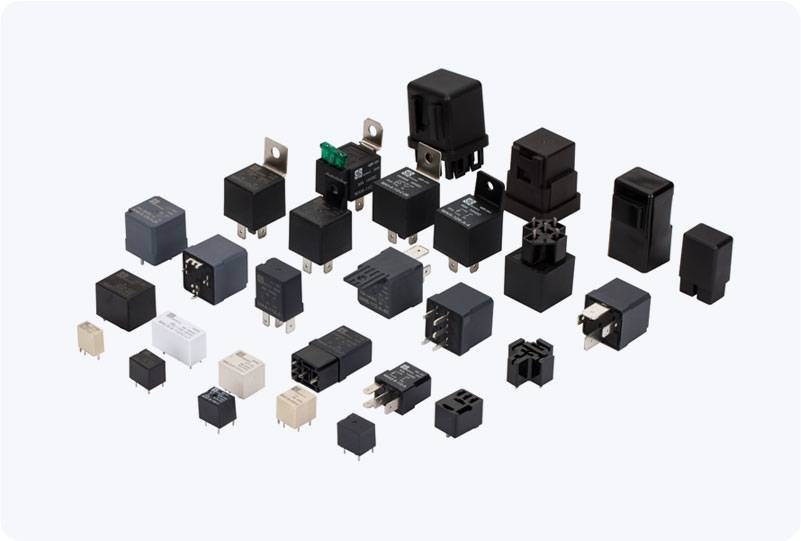In recent years, new energy vehicles (NEVs), particularly electric vehicles (EVs), have gained significant attention due to their potential to reduce carbon emissions and provide sustainable transportation. One of the critical components in EVs is the high voltage DC relay, a device that plays a pivotal role in ensuring the safety, reliability, and efficiency of the vehicle’s electrical system. High voltage DC relays are designed to manage the flow of power between the high-voltage battery and the motor system, enabling proper functionality while preventing any hazards. This article explores the importance, working principles, and applications of high voltage DC relays in new energy vehicles.

The Role of High Voltage DC Relays in NEVs Electric vehicles rely on high-voltage battery packs, typically operating at voltages ranging from 300V to 800V or more, to power the electric motor. These high-voltage systems pose a significant challenge in terms of safety and power management, which is where high voltage DC relays come into play. These relays are responsible for controlling and isolating the electrical circuits within the vehicle’s powertrain, preventing any damage or risk to the components due to electrical faults or overcurrent conditions. One of the primary functions of the high voltage DC relay is to establish or disconnect the power flow between the high-voltage battery and the electric motor. It ensures that the motor receives the necessary voltage for operation while also isolating the powertrain during certain conditions, such as when the vehicle is powered off or in maintenance mode. This helps in maintaining the overall integrity of the electrical system while also protecting against electrical hazards.